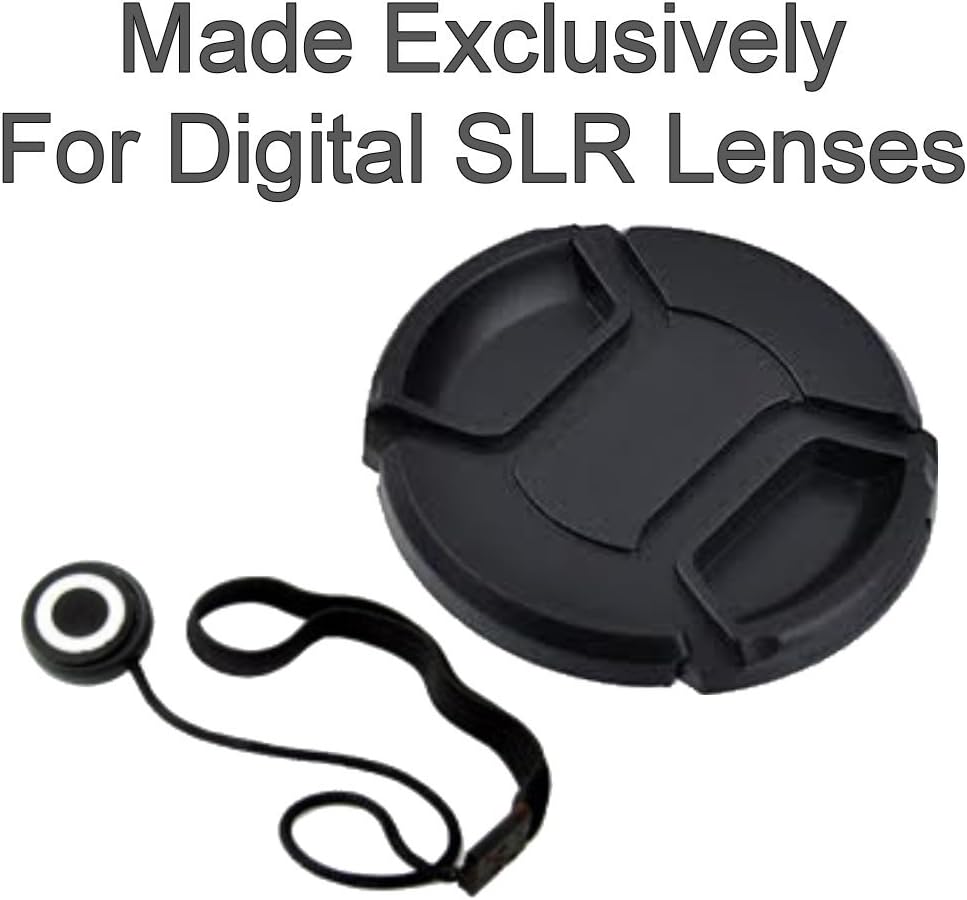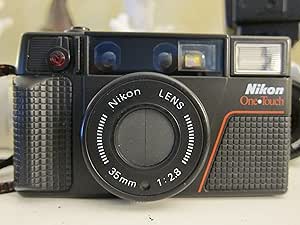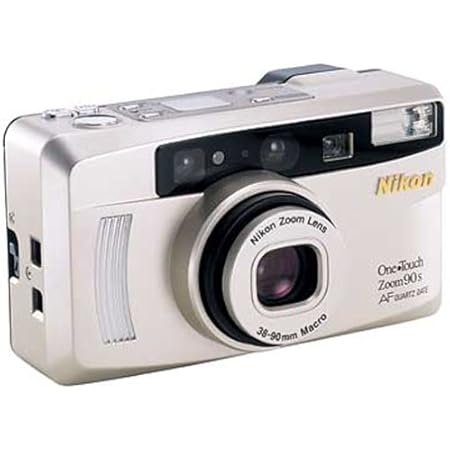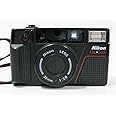Photography in low-light conditions can be a daunting task, but with the right equipment and techniques, it can also be incredibly rewarding. For photographers using the Nikon One series, understanding which lenses excel in dim conditions is essential for capturing stunning images after dark. This article explores the best Nikon One lenses for low-light photography, tips for maximizing their potential, and techniques for crafting beautiful images even in the most challenging settings.
Understanding Low Light Photography
Low light photography is defined as shooting in conditions with limited illumination, such as at dusk, dawn, or indoors. It poses unique challenges, including:
- Reduced visibility, which can affect composition and focus.
- Higher chances of noise in images due to increased ISO settings.
- Longer exposure times, which can lead to motion blur if not managed properly.
Despite these challenges, low light photography offers opportunities for creativity and artistry, allowing photographers to capture moods and atmospheres that daylight may not convey. Nikon One lenses are particularly adept at handling these situations, thanks to their advanced technology and design features.
Why Choose Nikon One Lenses for Low Light Photography?

The Nikon One system, despite its compact size, is equipped with lenses that are capable of performing exceptionally well in low-light scenarios. Here’s why they stand out:
- Fast Apertures: Many Nikon One lenses feature wide maximum apertures (f/1.8, f/1.4), allowing more light to enter the camera.
- Optical Stabilization: This technology helps reduce camera shake during longer exposures, making it easier to capture sharp images.
- Lightweight and Compact: The compact design of the Nikon One system makes it easier to carry around, which is particularly beneficial for nighttime shoots.
Top Nikon One Lenses for Low Light Conditions

When it comes to low-light performance, certain Nikon One lenses truly shine. Here are some of the best options available:
Nikon 10mm f/2.8 Lens
The Nikon 10mm f/2.8 lens is an ultra-wide option that excels in low-light conditions. Its fast aperture enables it to gather light efficiently, making it perfect for night landscapes or cityscapes.
- Field of View: With a 100-degree field of view, it captures expansive scenes effectively.
- Low Distortion: This lens offers minimal distortion, ensuring that your low-light images maintain their integrity.
Nikon 18.5mm f/1.8 Lens

The 18.5mm f/1.8 lens is a standard prime lens that provides excellent versatility for low-light photography. Its wide aperture allows for beautifully blurred backgrounds, enhancing the subject’s focus.
- Great for Portraits: The shallow depth of field is ideal for capturing portraits in dim lighting.
- Lightweight: At just 130 grams, it’s easy to carry for extended shoots.
Nikon 32mm f/1.2 Lens
The 32mm f/1.2 lens is a favorite among enthusiasts and professionals alike. Its ultra-fast aperture and superior optics make it a top choice for low-light scenarios.
- Exceptional Bokeh: The lens produces beautiful out-of-focus areas, adding an artistic flair to your images.
- Versatile Focal Length: This focal length is ideal for a wide range of subjects, from street photography to portraits.
Techniques for Low Light Success
Having the right lens is just one part of capturing stunning low-light images. Here are some techniques to enhance your photography skills:
Use a Tripod
Stability is crucial in low light. Using a tripod allows you to avoid camera shake, especially when using slower shutter speeds. Consider these tips:
- Choose a sturdy tripod that can withstand wind and other elements.
- Use a remote shutter release or the camera’s timer to minimize vibrations.
Increase ISO Sensitivity

Raising the ISO setting on your camera can help capture images in darker settings. However, be cautious about noise:
- Start with a moderate ISO (e.g., 800) and test how your camera performs.
- Use noise reduction software in post-processing if necessary.
Experiment with Long Exposures
Long exposures can create stunning effects in low light, like light trails or smooth water. Here are some tips:
- Use a neutral density filter to extend exposure times without overexposing the image.
- Experiment with different exposure times to see how it affects your composition.
Case Studies: Successful Low Light Photography
To illustrate the capabilities of Nikon One lenses in low-light photography, let’s examine a couple of case studies:
Case Study 1: Urban Nightscapes
A photographer in a bustling city used the Nikon 10mm f/2.8 lens to capture the vibrant lights and dynamic architecture after sunset. By utilizing a tripod and a long exposure, they produced a breathtaking image of the skyline, showcasing rich colors and sharp details.
Case Study 2: Event Photography

Another photographer utilized the 32mm f/1.2 during a wedding reception held in a dimly lit venue. By increasing the ISO and using the wide aperture, they captured stunning portraits of guests, beautifully highlighting emotions and interactions while maintaining a soft background blur.
Conclusion: Capturing Magic After Dark

Mastering low-light photography with Nikon One lenses can elevate your skills and enhance your portfolio. With lenses like the 10mm f/2.8, 18.5mm f/1.8, and 32mm f/1.2, photographers can unlock creativity and capture moments that many may overlook. By employing techniques such as using a tripod, adjusting ISO settings, and experimenting with long exposures, you can effectively navigate the challenges of low-light situations.
Whether you are shooting urban landscapes, intimate portraits, or dynamic events, understanding your equipment and refining your techniques are critical to success. Embrace the beauty of low light, and let your Nikon One lenses help you tell your story after dark.

